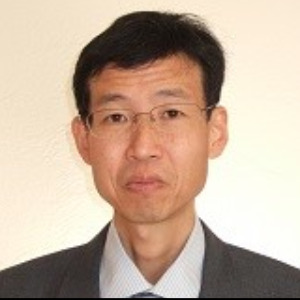Semiconductor Quantum Dots
Semiconductor Quantum Dots (QDs) are nanocrystals of semiconductor materials with dimensions ranging from 2–10 nanometers, allowing them to display quantum behavior. These nanoscale materials have revolutionized nanotechnology and are now being used in a number of applications, such as energy harvesting, solar cells, light-emitting diodes (LEDs), lasers, and medical imaging. QDs display unique optical and electrical properties that make them attractive for use in nanotechnology. They are capable of emitting multiple wavelengths of light when exposed to electrical current, making them suitable for use in LEDs and lasers. The optical properties of QDs also make them useful for medical imaging as they can be used to detect cancer cells and other biomarkers. QDs also exhibit strong photovoltaic properties, making them useful for energy harvesting. In this application, QDs can be used to convert solar energy into electrical energy, which can then be used to power devices. Furthermore, the photovoltaic properties of QDs make them suitable for use in solar cells, allowing them to absorb and convert solar energy into usable electricity. Finally, QDs can be used to create high-performance transistors and logic circuits, which are essential components of modern electronics. This makes them attractive for use in the development of next-generation computing devices. Overall, semiconductor Quantum Dots are an important component of nanotechnology, due to their unique optical, electrical, and photovoltaic properties. They are being used in a variety of applications, from energy harvesting to medical imaging, and are essential for the development of next-generation computing devices.

Harry Ruda
University of Toronto, Canada
Raman Singh
Monash University, Australia
Paulo Cesar De Morais
Catholic University of Brasilia, Brazil
Xiao Hong Nancy Xu
Old Dominion University, United States
S V A R Sastry
Harcourt Butler Technical University, India
Vinayak Adimule
Angadi Institute of Technology and Management, India



Title : 40,000 implants in humans and no failure: The impact of nanomedicine
Thomas J Webster, Hebei University of Technology, China
Title : Harnessing the unique properties of engineered nanostructures for sensing
Harry Ruda, University of Toronto, Canada
Title : Circumventing challenges in developing CVD graphene on steels for extraordinary and durable corrosion resistance
Raman Singh, Monash University, Australia
Title : Lipid nanoparticles formulations: From bench scale to industrial scale
Mohammad A Obeid, RAK Medical and Health Sciences University, United Arab Emirates
Title : Evaluating cytotoxicity of metal-doped tin oxide nanoparticles
Paulo Cesar De Morais, Catholic University of Brasilia, Brazil
Title : Hybrid activated carbon/rGO/nanoTiO2 electrodes with enhanced structural stability: Toward advanced electrochemical applications
Carlos Gamarra Guere, Universidad Nacional de Ingeniería, Peru